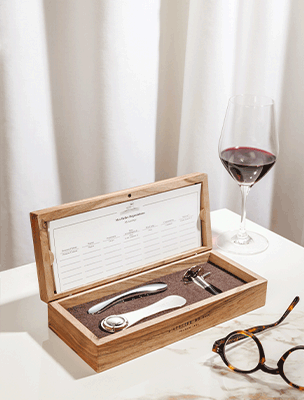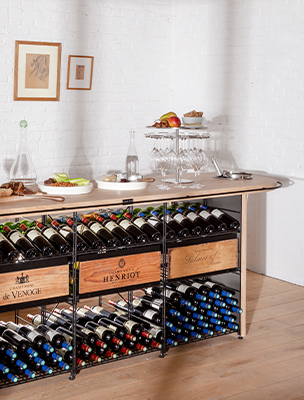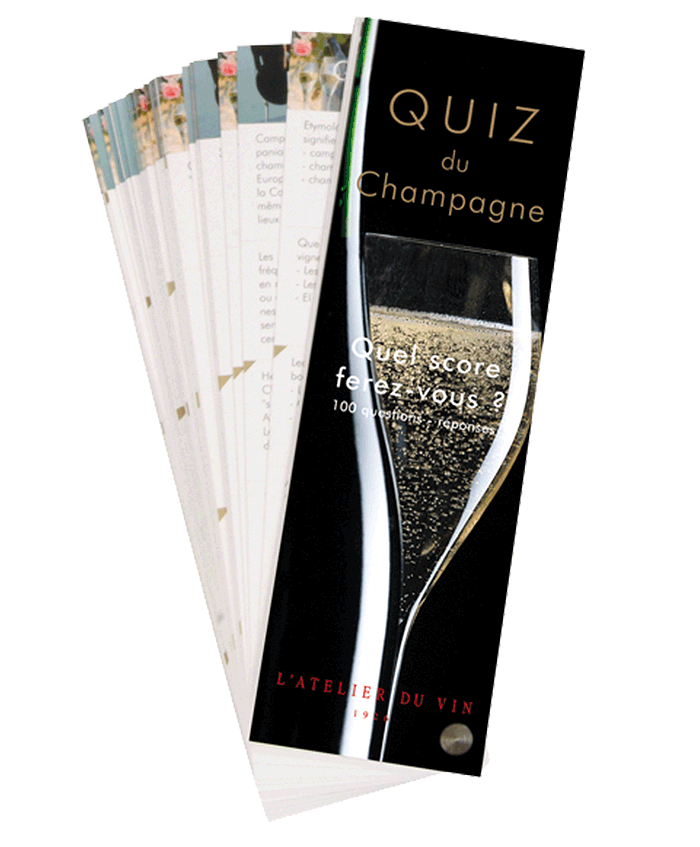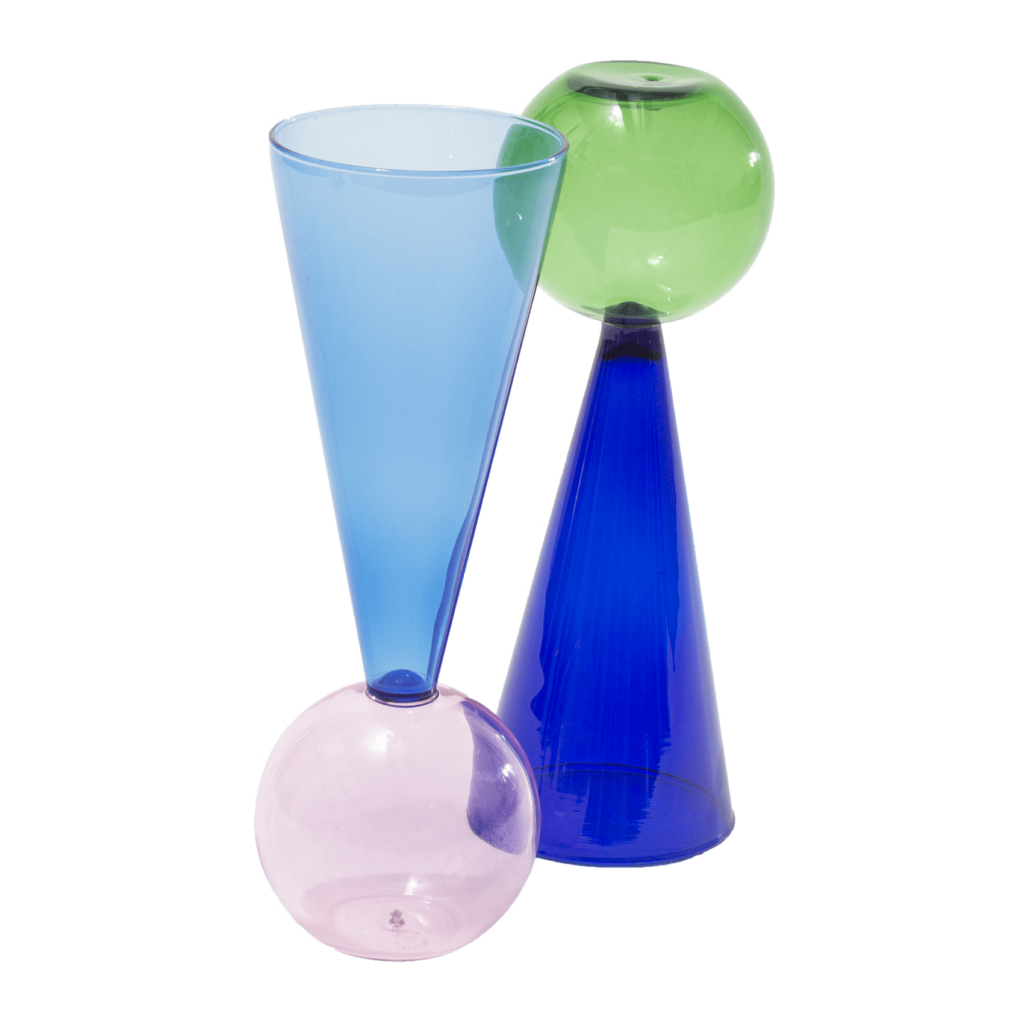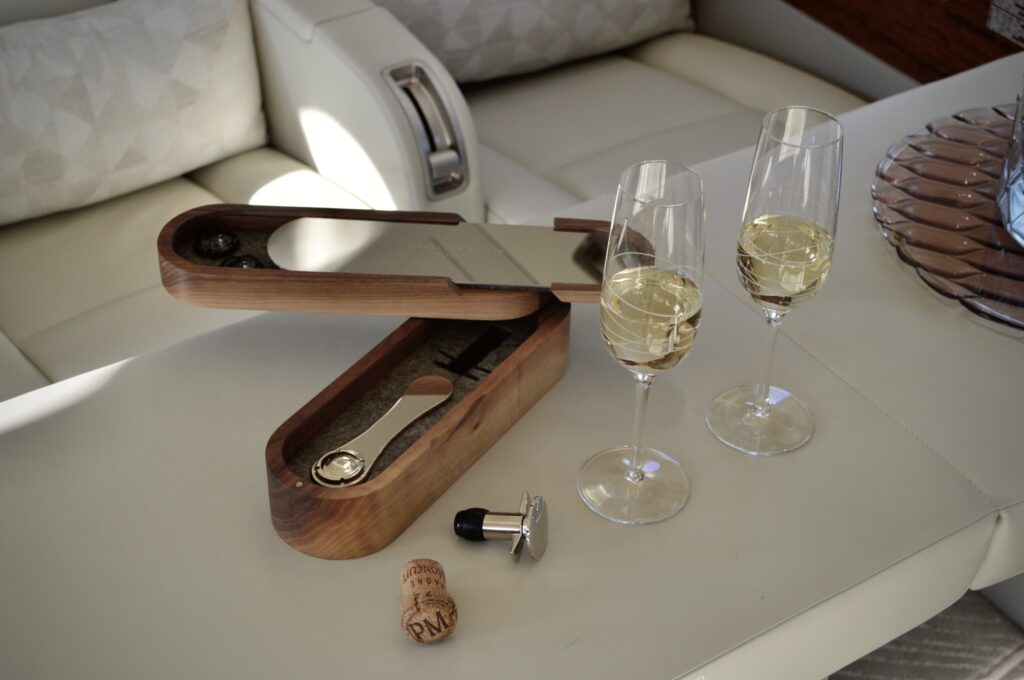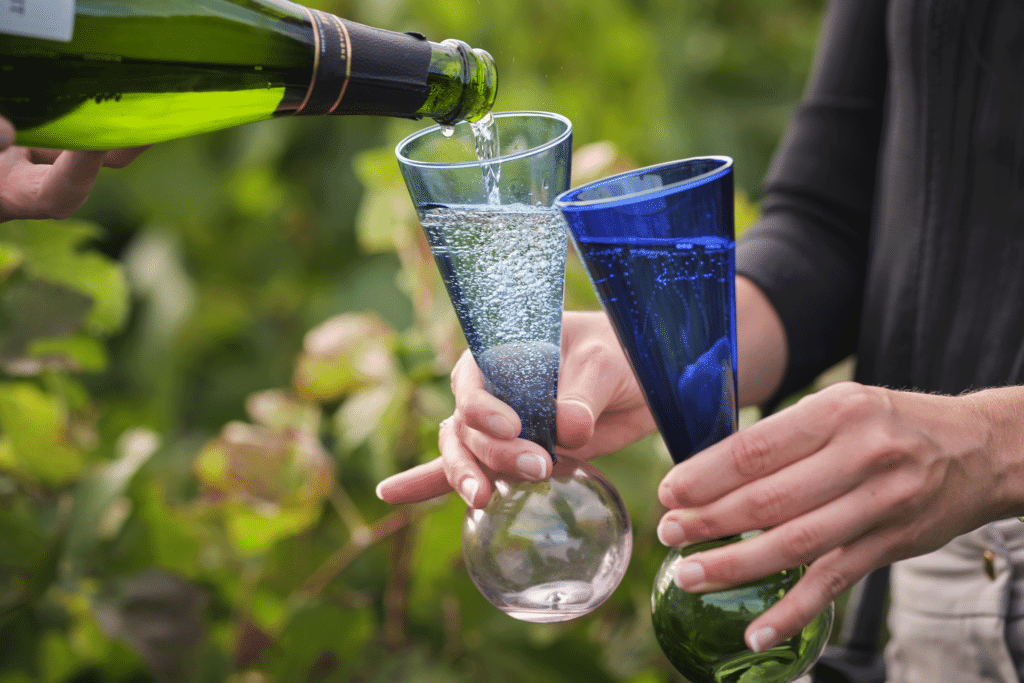
Bubbles are forever! Sparkling wines are ideal for weddings, celebrations with friends, dancing all night, cooling down in summer, or warming up in winter… In other words, to enjoy unforgettable moments of joy with those you love!
Of all the sparkling white wines produced in the world, a French one and an Italian one are particularly popular. However, the two are often confused. So, what’s the difference between champagne and prosecco? Could you tell the two apart in a blind-tasting session? L’Atelier du Vin has all the answers!
The 9 differences between prosecco and champagne
- “This champagne is excellent! So sweet and fruity!”
- “Thank you, but… Are you talking about the prosecco?”
There’s no shame in not knowing how to recognize a sparkling wine, especially without the label at hand. To avoid any misunderstandings about white sparkling wine, here’s how to tell the difference between prosecco and champagne. This detailed guide reveals the 9 main differences between the two:
- history
- wine region
- grape varieties
- winemaking and prise de mousse (bubble formation) method
- alcohol content
- variations and different types of cuvées
- aromas and notes
- food-wine pairings
- age and storage
The history of champagne and prosecco
Champagne is an ancient French tradition. The first official mention of Champagne wine, deliberately produced in a local vineyard to retain its effervescence, was recorded in 1690, although the existence of naturally sparkling wine in the region goes back much further. In the 17th century, the famous monk Dom Pérignon played a decisive role in developing the Champagne method by blending several wines with complementary qualities and aromas.
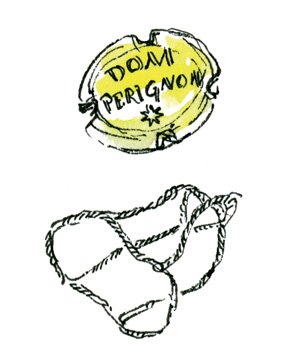
The first prosecco wine, produced using the Charmat method, was documented around 1868. There are much earlier records of sparkling wine from the same Italian region, but this specific winemaking process, which is still used today, did not exist.
The vineyards of Champagne and Veneto
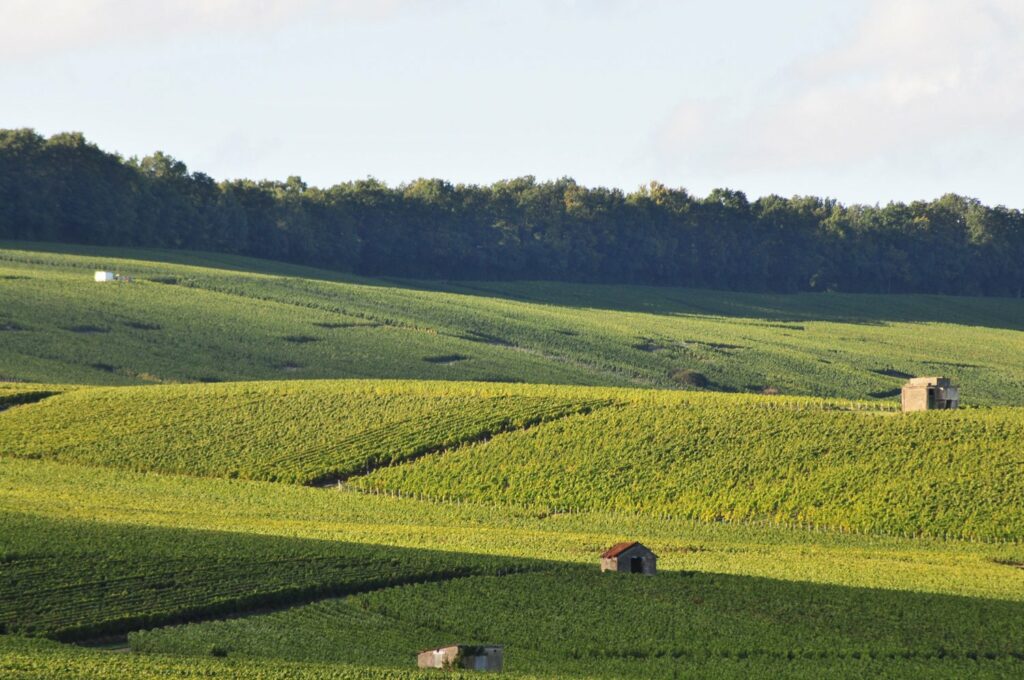
Champagne is exclusively produced in the region it was named after. This world-renowned sparkling wine boasts both an Appellation d’Origine Contrôlée (AOC) and an Appellation d’Origine Protégée (AOP). The wine region is located in northern France, primarily between Reims and Epernay, with its cool climate and chalky limestone soil. It produces grapes that are more acidic and less sweet, hence the subtlety of champagne’s aromatic signature.
Prosecco, whose appellation and origin are also protected, comes from a wine-growing area in north-east Italy, between Veneto and Friuli-Venezia Giulia, in the Conegliano Valdobiaddene area, as well as Treviso, Venice, Padua, Udine, Vincenza, Gorizia, Belluno, Trieste and Pordenone.
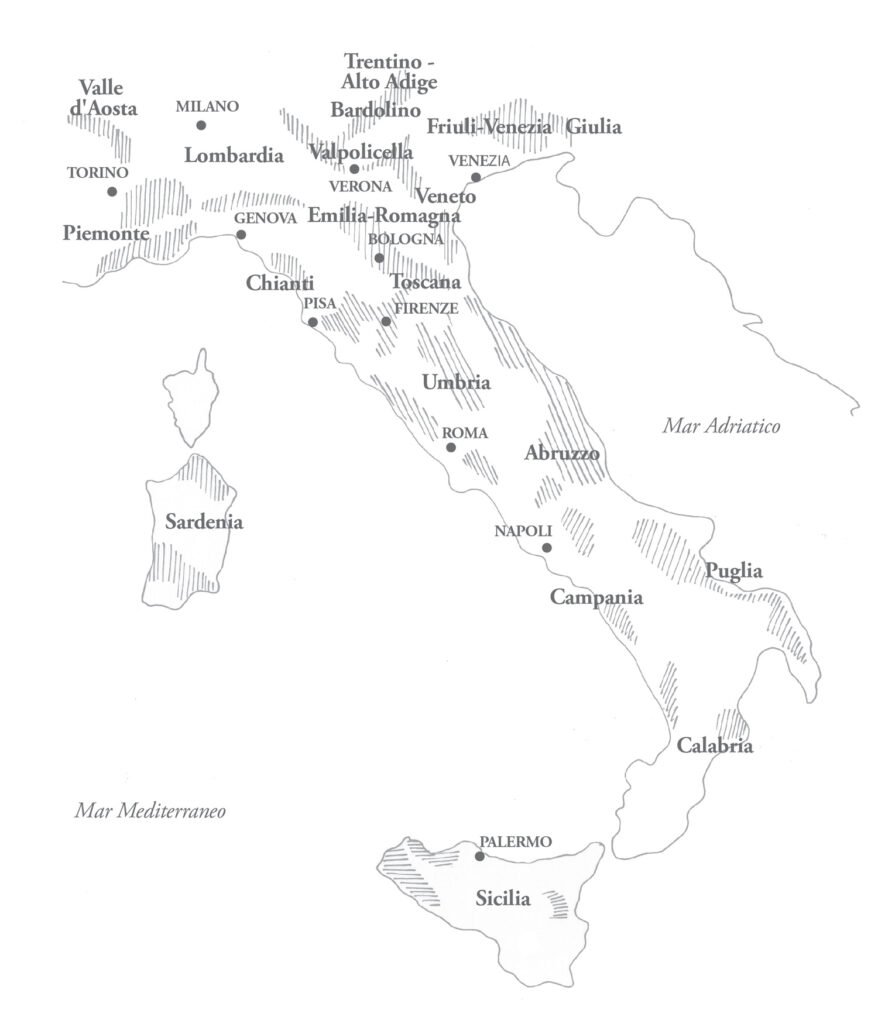
Grape varieties
Clairette de Die, Crémant d’Alsace, Blanquette de Limoux, Bugey Cerdon, Crémant de Loire, Spanish Cava… Sparkling wines can be differentiated by the grape varieties used to make them. Champagne grape varieties include Chardonnay, Pinot Noir, and Pinot Meunier, whereas the main prosecco variety is Glera, with a few variants of Bianchetta, Perera, and Verdiso minority varieties.
Vinification and prise de mousse methods
The vinification method used to make champagne and prosecco differs greatly, especially at the second fermentation stage when the two sparkling wines acquire bubbles.
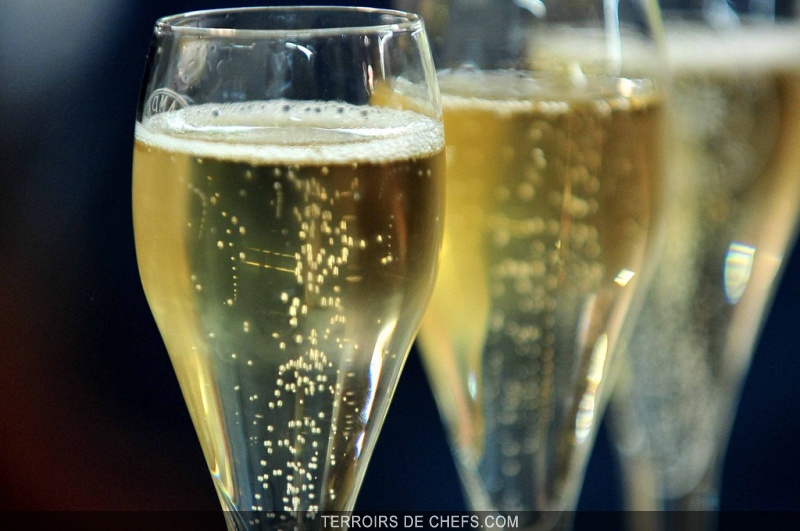
Champagne is vinified using the méthode champenoise. This meticulous process consists of adding sugar, liqueur de tirage, and yeast to activate the production of carbon dioxide in the bottle. This results in a new alcoholic fermentation process: the yeast turns the sugar into alcohol and gas, thus creating the sparkling bubbles captured in a bottle of champagne.
Prosecco is vinified using the Charmat method, which is quicker and less costly. This second fermentation process, which turns the still wine into sparkling wine, is carried out in a closed, pressurized vat. Adding sugar and natural ferment to the wine produces carbon dioxide gas, which is trapped in the airtight vat, before bottling.
Champagne and prosecco alcohol content
The alcohol content in champagne, usually around 12 to 12.5 degrees, is slightly higher than that of prosecco, at 10.5 or 11 degrees. The difference is therefore very small, but the more you drink, the more you’ll notice the difference (which is why it is recommended to consume alcohol in moderation).
Variations and different types of Champagne and Prosecco cuvées
There are several types of champagne and prosecco. Champagne wines include:
- Blanc de blanc champagne, made from white grapes of the Chardonnay variety
- Blanc de noir champagne, produced from the black grape varieties Pinot Noir and Pinot Meunier, but with white juice
- Rosé champagne, made in the same way as blended or saignée rosé wines (by prolonged maceration of the juice with the flesh of the grapes)
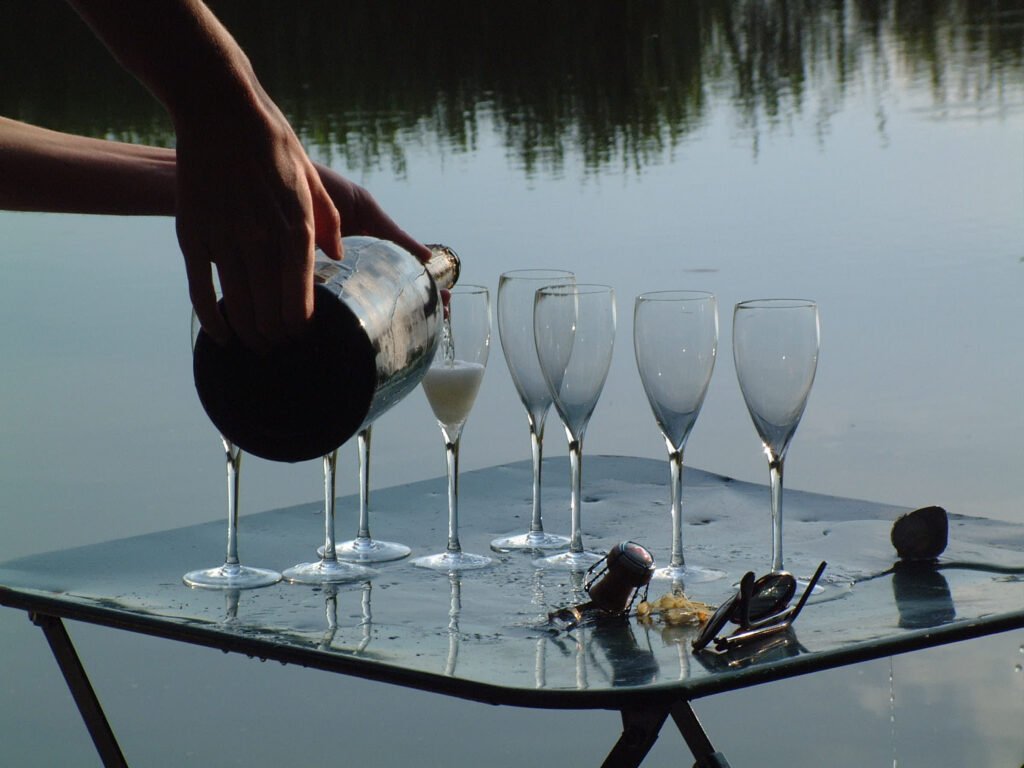
The sugar content also varies depending on the final dosage of each batch of champagne. This crucial stage takes place after aging in the cellar: the pressure of the bubbles expels the lees deposit from the bottle and the missing volume is replaced by a liqueur d’expédition, a mixture of wine and sugar. So, depending on the amount of sugar added during the dosage stage, champagne can be Brut nature (with no added sugar), Extra-Brut, Brut, Extra-Sec, Sec, Demi-Sec, or Doux (the sweetest).
Prosecco follows a similar scale, from Brut (the dryest) to Extra Dry and Dry (the sweetest). There are also two different types of this Italian sparkling wine:
- Prosecco Frizzante is simpler and lighter, with gentle bubbles and sparkling foam
- Prosecco Spumante is more prestigious, sophisticated, and intense, with higher pressure in the bottle and richer bubbles, with lasting perlage
Champagne and prosecco aromas and notes
Champagne and prosecco aromas can be very different depending on the type of cuvée, the vineyard, vintage, and other factors. Here is a broad comparison that applies to comparable types of cuvées (brut or sec), which should not be taken as an oenological fact.
Champagne wines have a slightly more acidic, subtle, and complex aromatic signature, with aromas of citrus fruit, lemon and orange zest, white peach, cherry, almond, toast or cheese rind, and notes of white flowers, acacia, and cinnamon, or red fruit for rosés.
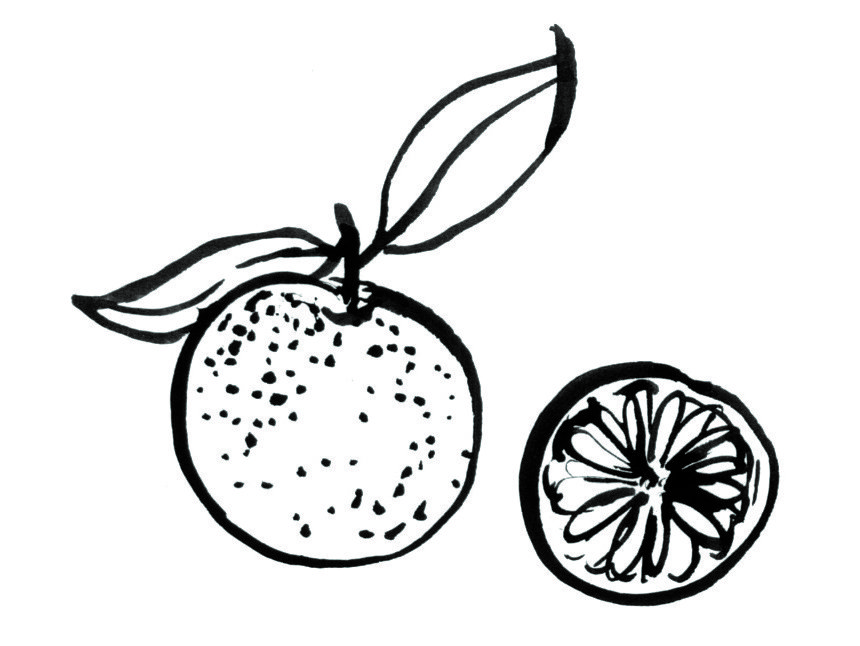
Prosecco wines tend to develop a fruiter, sweeter aromatic palette, with simple and generous aromas of green apple, pear, honeydew melon, apricot, honeysuckle, and even crème fraiche.
Food and wine pairings
Finding the right food and sparkling white wine pairings depends on the cuvée. Champagne is usually served with seafood, shellfish, foie gras, and cheese. Prosecco, on the other hand, perfectly complements smoked meats, antipasti, Asian food, risotto, cold meats, desserts, and fruit.
Aging and storage
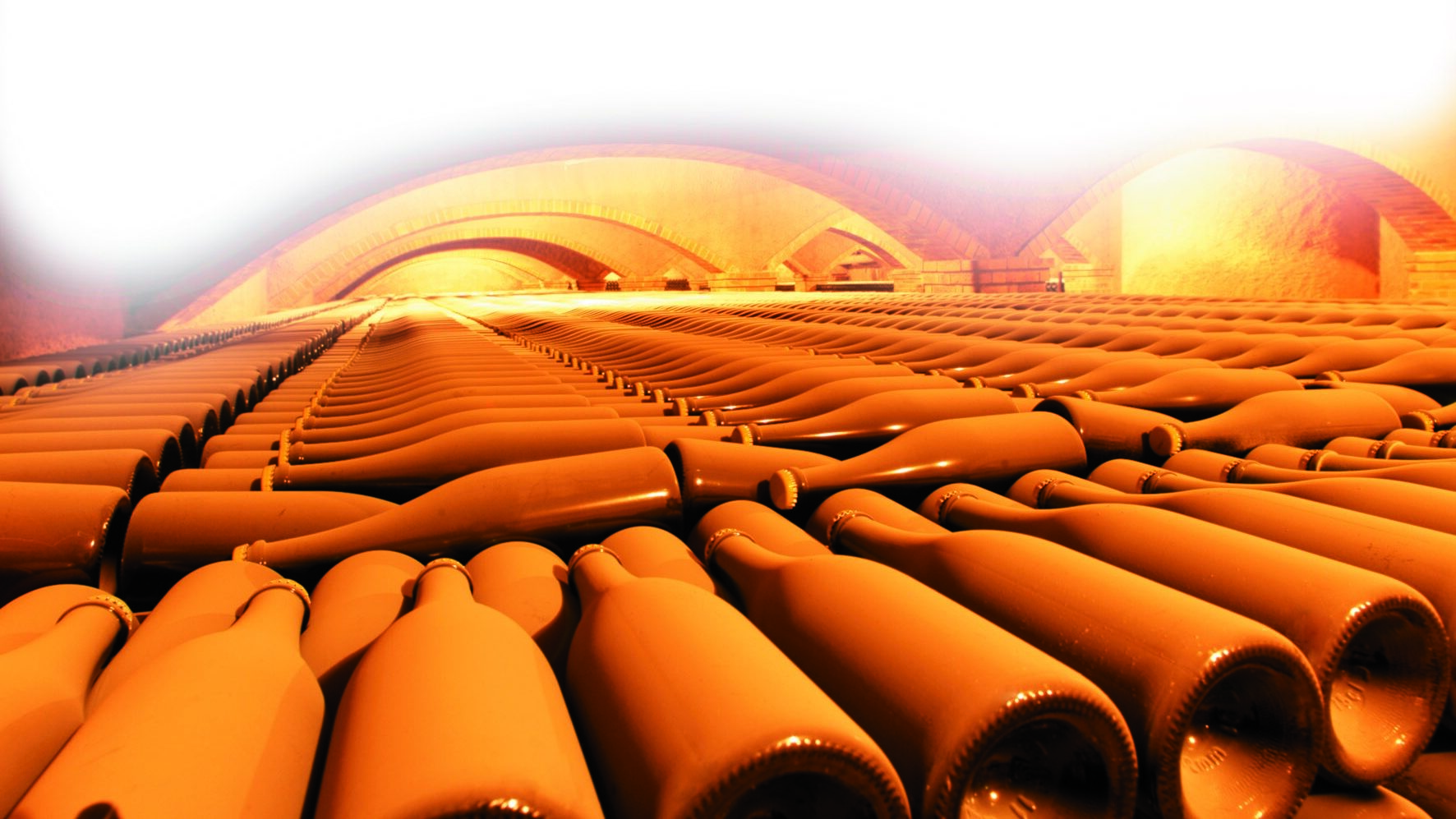
Before champagne reaches the shops, it is aged in a cellar for at least 15 to 18 months, in optimum storage conditions. The aging process for a vintage cuvée lasts at least 3 years. It’s worth noting that you can leave a bottle of vintage champagne to mature in your wine cellar for several years. Some wine merchants and oenologists recommend aging the finest vintage grand crus for up to 10 years before opening. Prosecco, on the other hand, is only matured in a wine cellar after vinification for 30 to 40 days. Once in shops, prosecco should be drunk within the year: it is not suitable for aging.
Have you enjoyed discovering the 9 differences between these two sparkling wines? Discover our Champagne quiz to find out more and have fun testing your knowledge with family and friends!
L’Atelier du Vin champagne and prosecco accessories
L’Atelier du Vin draws much of its inspiration from the Champagne region, where it was founded. We are always striving to innovate and create high-quality wine tools.
Since 1926, our family-run business has been entirely dedicated to the art of living wine à la française and the pleasure of sharing still and sparkling wines.
Our collections of Champagne accessories include everything you need to open, serve, taste, and store your finest bottles of sparkling wine.
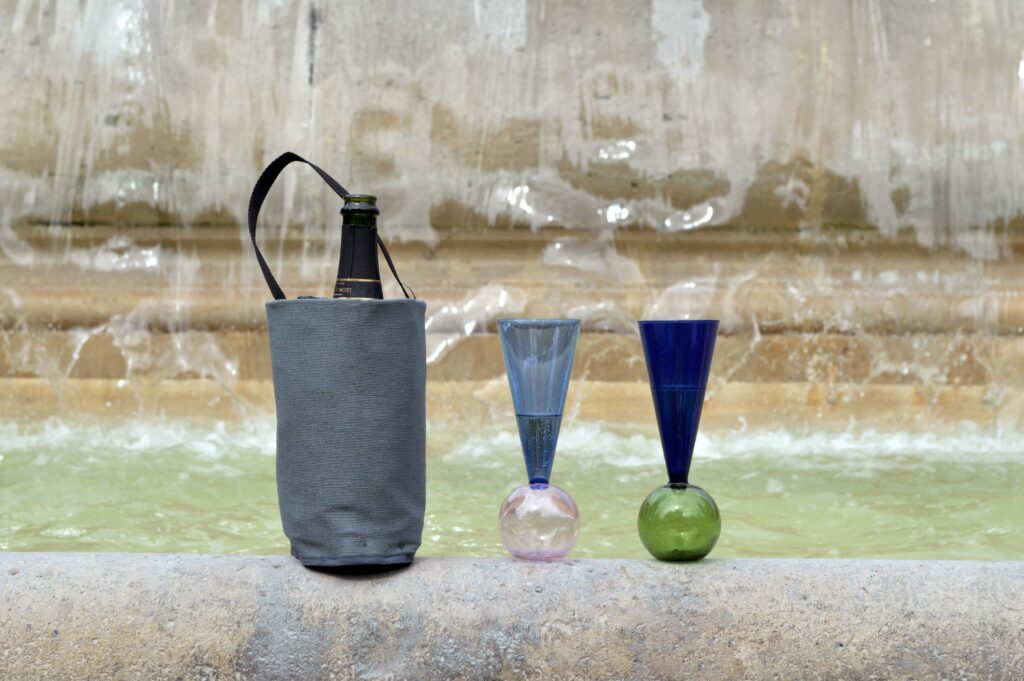
Bubbles Celebration Le Duo champagne flutes
Bubbles and celebration… What more is there to say? The colors and geometric shapes come together in perfect alchemy. The Bubbles Celebration – Le Duo champagne flutes are numbered collector’s items, made by Monica Guggisberg and Philip Baldwin, two world-renowned master glassmakers.
Sparkling Set
A champagne tasting set. A collector’s box made out of walnut, customized with your name. A case with secret compartments and oenological souvenirs. The Sparkling Set also includes our renowned champagne cork opener, to enhance the opening, serving, and preservation of your bubbles, and the Model 54 stopper to seal the bottle.
The champagne cork opener
This elegant, chrome-plated cork opener was designed by L’Atelier du Vin to absorb all the pressure when opening a bottle of champagne. Instead of popping out, the champagne cork stays in your hand. Opening a bottle of sparkling wine has never been so easy!
Sparkling wine stoppers
Discover our collection of sparkling wine stoppers, each with its own personality, design, and closing mechanism:
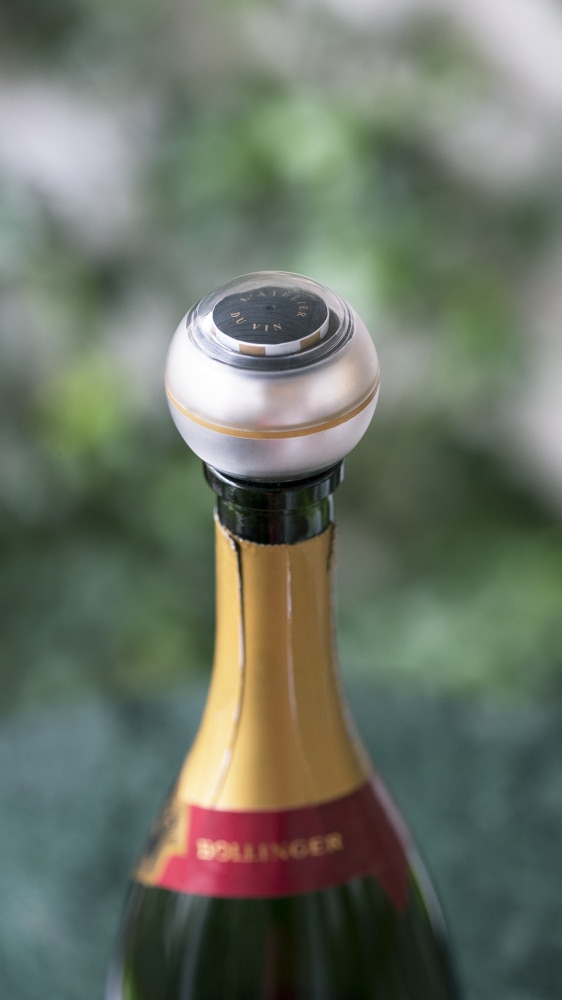
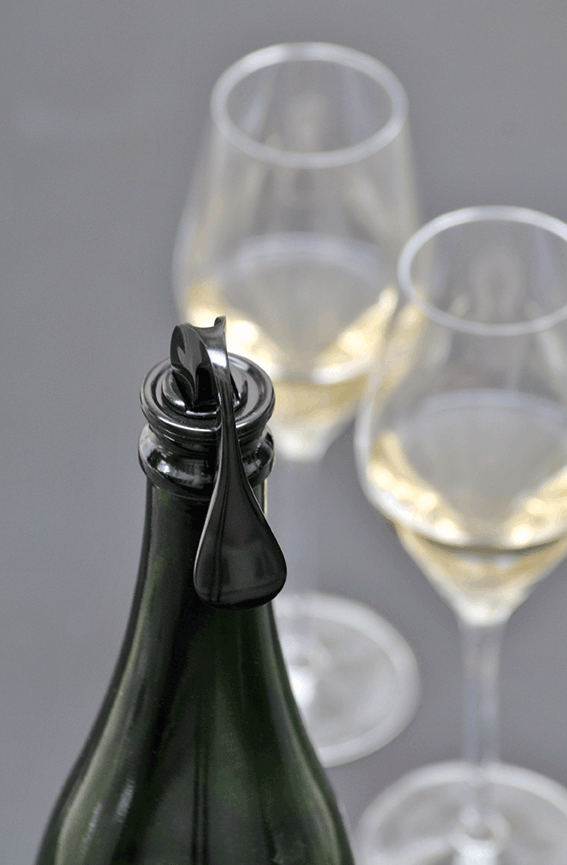
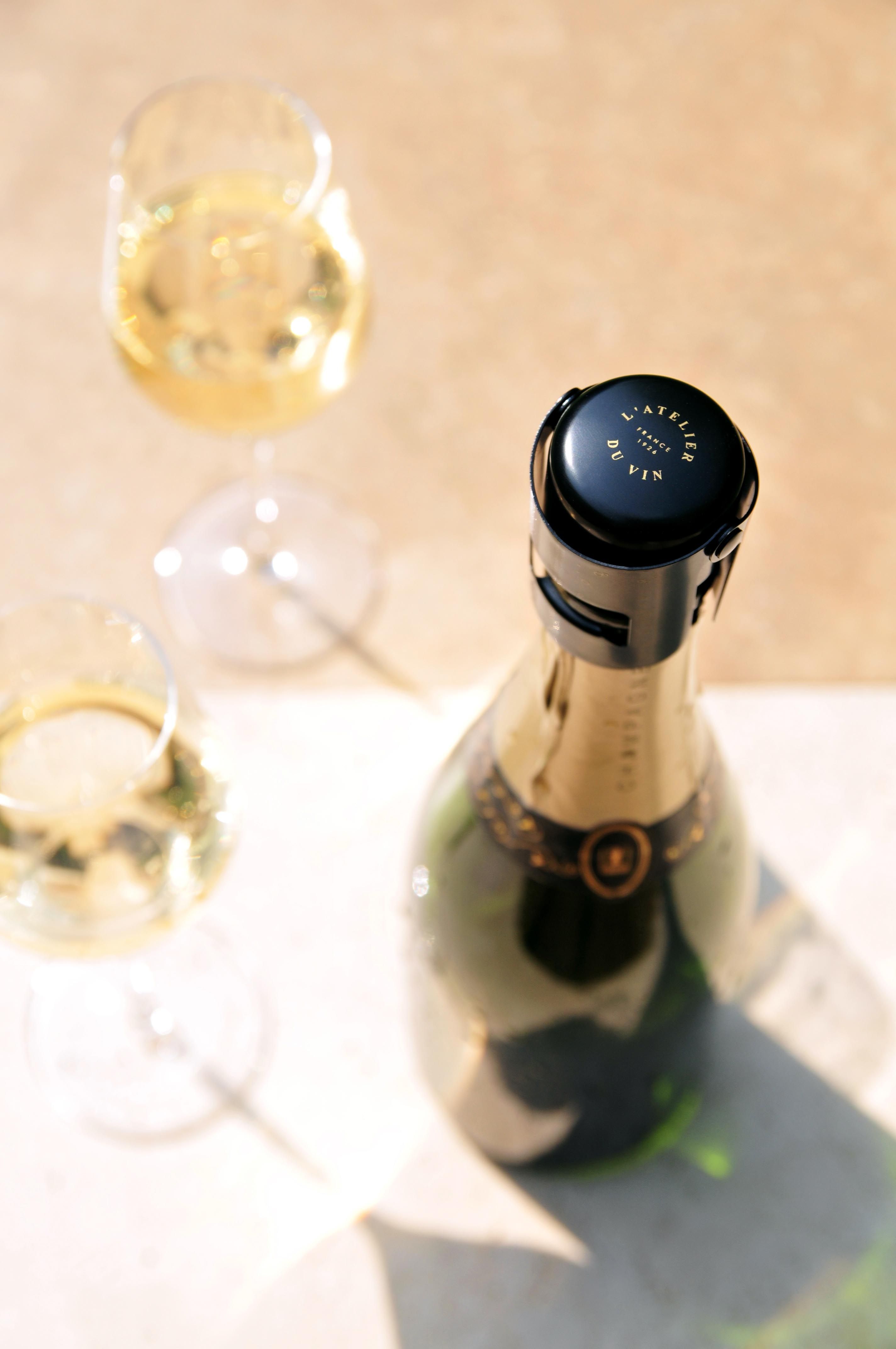
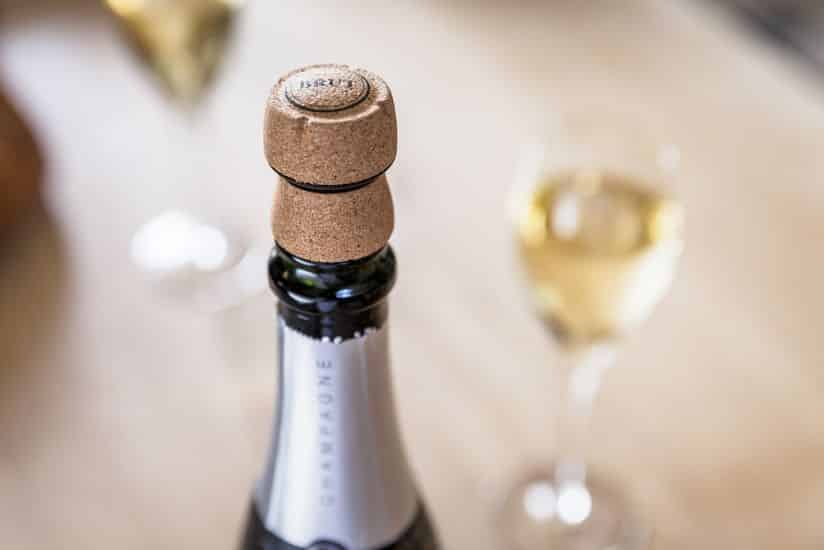
Wine coolers
Our wine coolers are ideal for keeping your champagne, white, rosé and sparkling wine fresh at all times, wherever you may be:
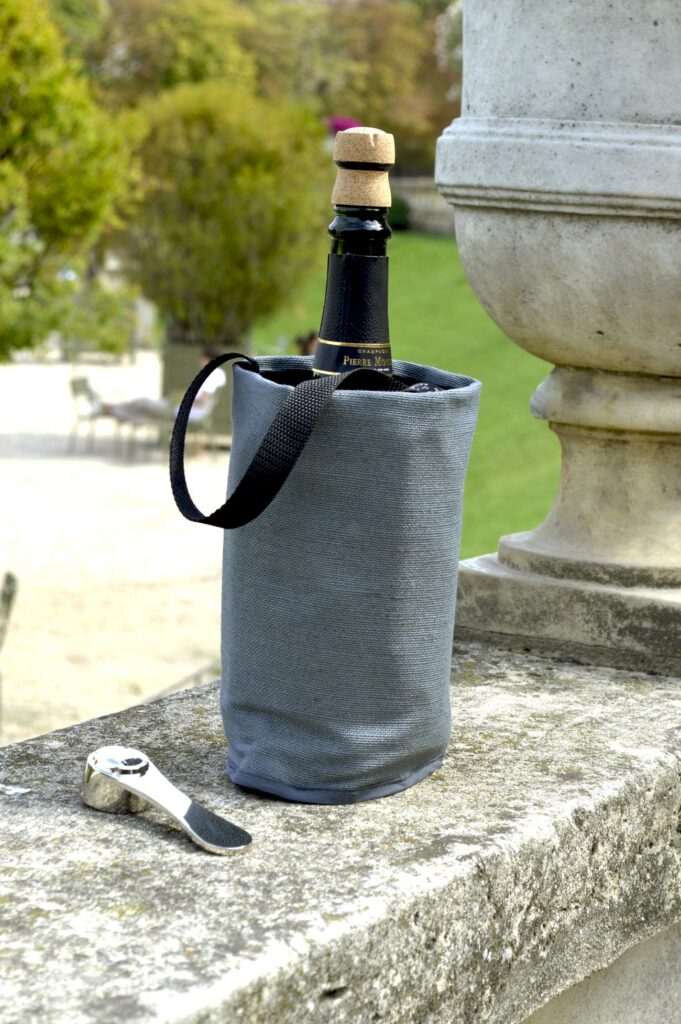

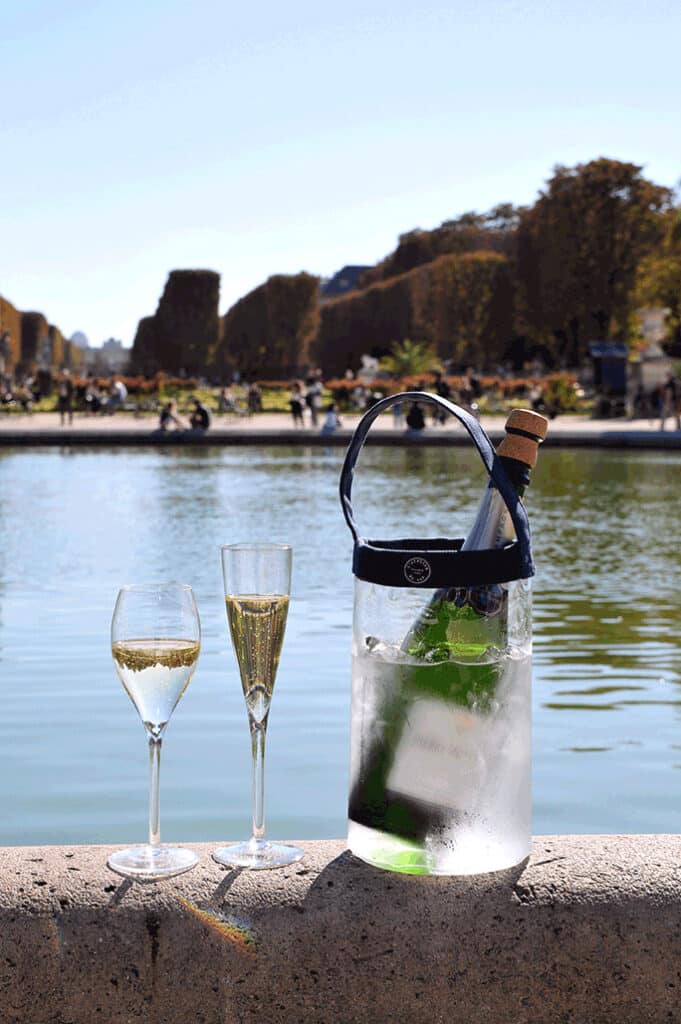
Copyrights.
Editorial, visual and graphic elements strictly linked to copyrights. For any request of partial or total use, contact us.


